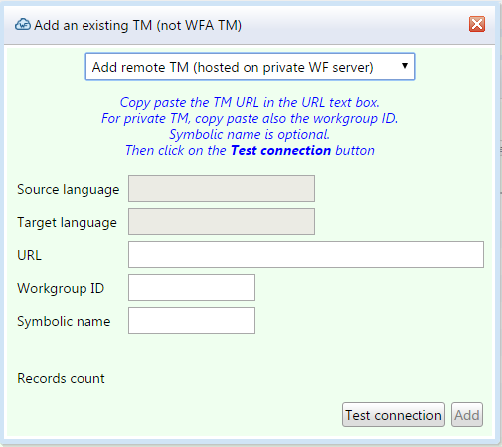

So this means that converting them to something usable in any other tool means knowing how to manipulate this data into a format you can work with. Why am I mentioning this? Well, we now have three TXT files but you can be sure the data within is different in each case.

They also have Translation Memories that are in TXT format, and as you may know the old Trados had Translation Memories that were TXT format too. This means you can open them in a text editor and read the data inside. These glossaries, at least the filebased ones as opposed to server versions (no idea if they even use these?) are simple TXT based formats. This of course made me think about the old versus the new… I wouldn’t compare Wordfast and Studio in this way at all 😉 Wordfast Glossaries I’ll start with the glossaries as this is where I got the idea from, I better explain my opening statement too… this is because after I did an initial conversion using the Glossary Converter from the SDL Openexchange I was asked to explain how this would work with MultiTerm Convert. But on a quick check it looked as though they are also TXT files so I decided to take a better look.īefore I get into the detail I’ll just add that I’m not very familiar with Wordfast so I’m basing my suggestions on the small number of files I have received, or created, and the process I used to convert them to formats more useful for a Studio user. Then it’s simple, but what if you don’t have Wordfast or don’t want to have to try and use it? Wordfast glossaries are new territory for me as I’d never looked at these before. Normally, for the TXT translation memories I get I would go the traditional route and use a copy of Wordfast to export as TMX. This article is all about out with the old and in with the new in more ways than one! In the last week I have been asked three times about converting Wordfast translation memories and Wordfast glossaries into resources that could be used in Studio and MultiTerm.


 0 kommentar(er)
0 kommentar(er)
